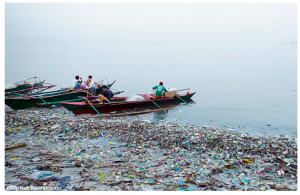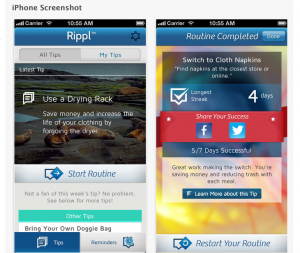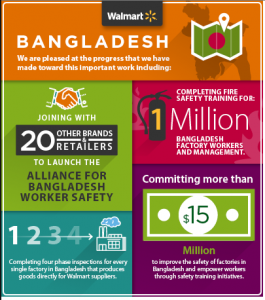In class we were introduced to a variety of reporting systems, such as Climate Counts, GRESB, and MAKING. Until this lecture, the only platform I was familiar with was MAKING. I have actually worked with this app in the past, and I am a huge supporter of the MAKING reporting system.
I think the MAKING app is a great representation of how businesses are coming together to make change; not just in their value chain, but in the industry they operate in. It is so powerful when companies can develop sustainability practices and then share them with competitors. I think that is what I admire most about Nike – their ability to develop such an incredible app, and then share it with public. In addition to the reporting system MAKING, and the ones we discussed in class – this link provides a summary of the most successful sustainability apps in 2013.
In terms of sustainability and apps, one of my favourites is Rippl. It was developed by the charitable organization Ocean Conservancy. They discover science-based solutions to tackle some of the largest ocean conservation challenges. This includes supporting some of the largest US fisheries to ensure they are meeting sustainable standards, and raising awareness of the issues associated with trash, and carbon damaging our oceans.

If you want to learn more about Ocean Conservancy and the improvements they have made > click here.
I highly recommend downloading Rippl, I use it all the time and for good reason. To be honest, I am slightly forgetful – and sometimes I need a reminder, especially when I’m tired (I think we students know the feeling a bit too well). This lifestyle app sends me notifications to ensure that I am making sustainable decisions daily. Although I am not the most “green” consumer, I am working on it. This app has enabled me to drastically change my daily routine, and build new green living habits.
Below I have attached screen shots of the reminders you can set on the app. The best part about Rippl is that it is completely customizable to your lifestyle. It allows you to set personal goals, and reflect on your progress. Oh and yes students, the app is free don’t worry!
Perhaps you don’t need daily reminders like me, and if so – well done, I am jealous. However, I have shared this app with friends and family that needed that extra push to make those sustainable changes to their lifestyle. So far, they have seen tremendous success. If you don’t think you need the app, show someone who does!



